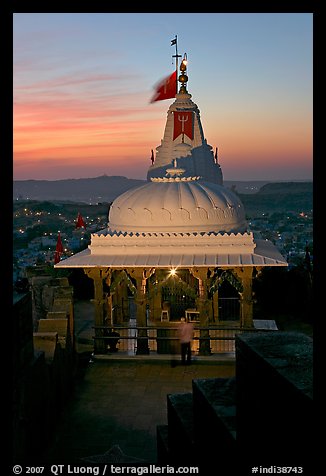Simple_Guy
New Member
- Joined
- Jun 2, 2013
- Messages
- 938
- Likes
- 578

During World War II, about 1000 Polish children found refuge in Nawanagar, Gujarat. The benefactor was Jam Saheb Digvijaysinhji Ranjitsinhji Jadeja, the Maharaja of Jamnagar, an erstwhile princely state in the Kathiawad peninsula of Gujarat. 'Little Poland in India' is a 52 minute documentary, directed and scripted by Anu Radha.The film is co-produced by Governments of India and Poland with the participation of Government of Gujarat, Doordarshan and Polish TV organizations. The success led the director, Anu Radha being awarded Bene Merito by the Polish Government.
The Jam Saheb took personal risks to make arrangements for homeless orphan Polish children when the world was at war and India was struggling for its independence. He built a camp for them in Balachadi beside his summer palace, 25 kms from Jamnagar. The children were made to feel at home.
At Balachadi camp, now stands Sainik Schoo, Balachadi. Jamsaheb used to say, 'Do not consider yourself orphans any more, you are now Nawanagaris and I am Bapu, father of all the people of Nawanagar, so also yours.' Due to these reasons The Good Maharaja Square, 'Dobrego Haharadzy' to nourish Jam Saheb's memory. There is also a Jam Saheb School running in Warsaw.
When Poland came to India - Free Press Journal




 For eg., Gandhi.
For eg., Gandhi.